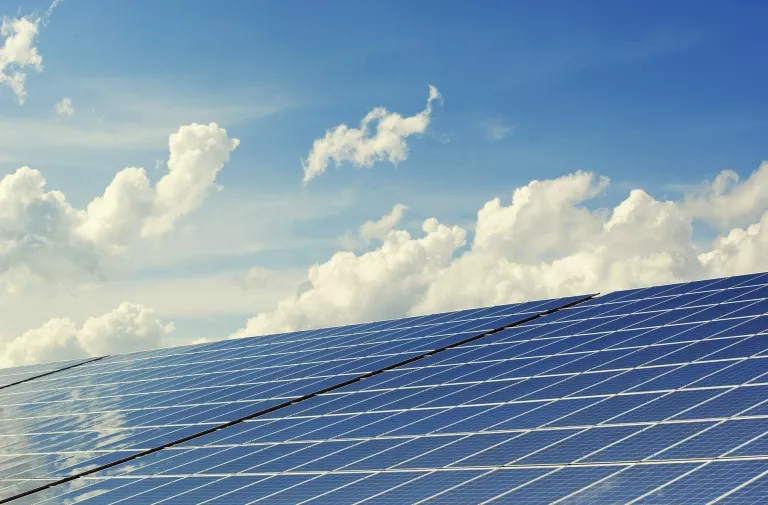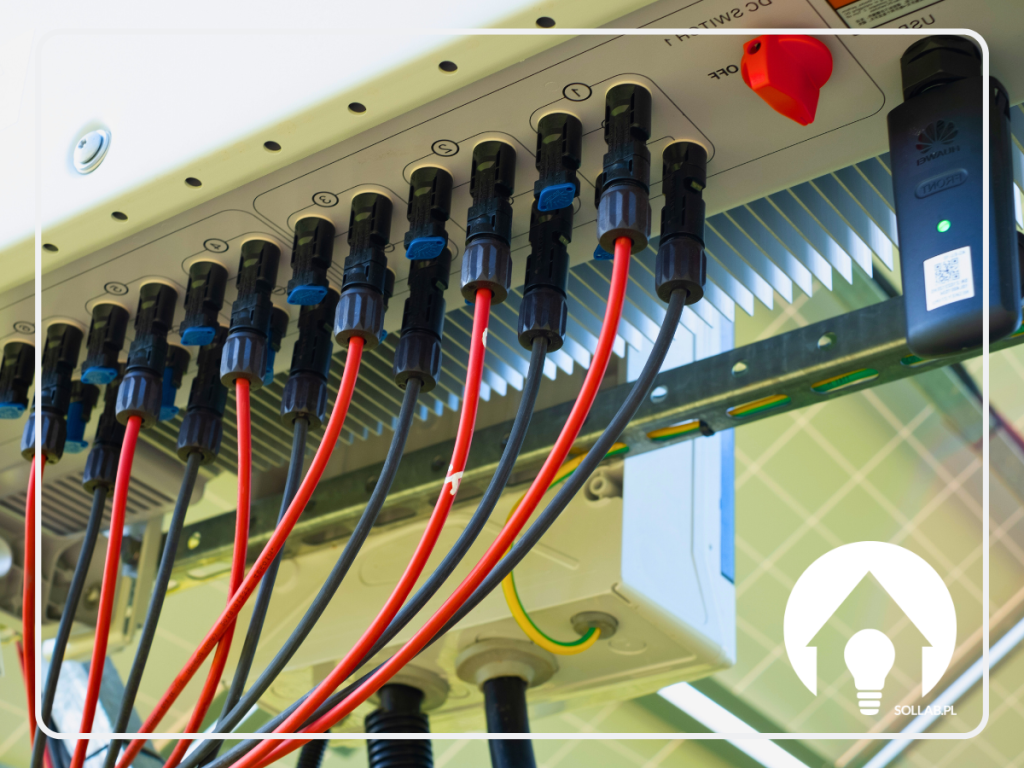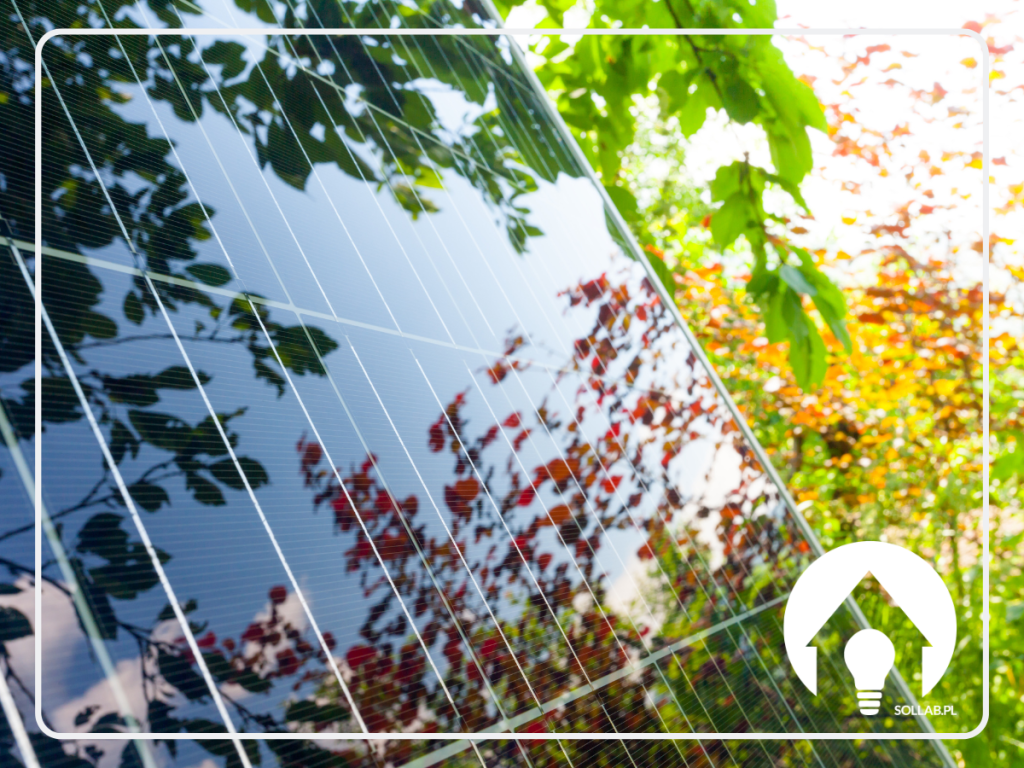Photovoltaics is a technology that has been very popular for many years now - and there is no sign that this is about to change.
And this is hardly surprising, as photovoltaic panels have many advantages, among which are not only practicality, high availability and financial savings, but also environmental issues. However, photovoltaics is not a technology of recent years, and its history goes back a long way.
The origins of photovoltaic cells
The development of solar panels began with the discovery of the photovoltaic phenomenon. This phenomenon involves the absorption of sunlight by certain substances, which are then converted into electricity. The German physicist Philipp Eduard Anton von Lenard became interested in this phenomenon and published an extensive study on the subject in 1902. And although the first installations of this type - which mainly consisted of selenium - converted solar energy into electricity in just 2%, they confirmed the validity of the formulated theory. This resulted in solar panels becoming the subject of further research, and a German scientist was awarded the Nobel Prize in 1905.

Photovoltaic cells - further developments
One of the most important steps in the development of solar panels was the use of silicon for their construction, which increased the efficiency of converting solar energy into electricity to 6%. This led to interest in photovoltaics worldwide, and many scientific institutions began to invest in its development.
Certain events - such as the Arab fuel embargo or the rapid growth of environmental movements - also prompted the acceleration of research. It was also not insignificant that NASA itself became interested in this breakthrough technology - in 1958 (when the efficiency of photovoltaics was increased to 9%) it was used to power artificial satellites. However, mass deployment of solar panels (for example, in industry) was not yet possible, with low efficiency and high production costs standing in the way.
This has changed over time, with increasingly lower production costs allowing for more widespread use. At first, it was oil rigs and railways, and over time, increasingly broader industries. Today, solar panels are used on a mass scale - and in both industry and everyday life.
The rapid development of photovoltaic panels has made them popular worldwide. Their undoubted advantages are ecology, economy and functionality. At the same time, it is worth emphasising here that they are an investment for many years - correct use and proper maintenance means that they can be used for a really long time.
















